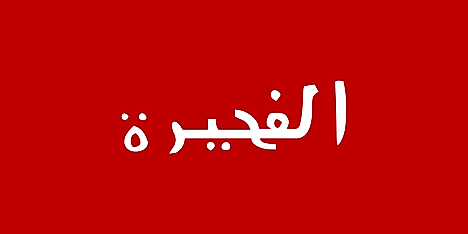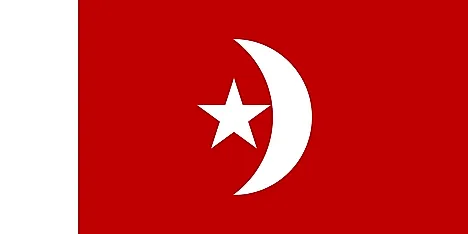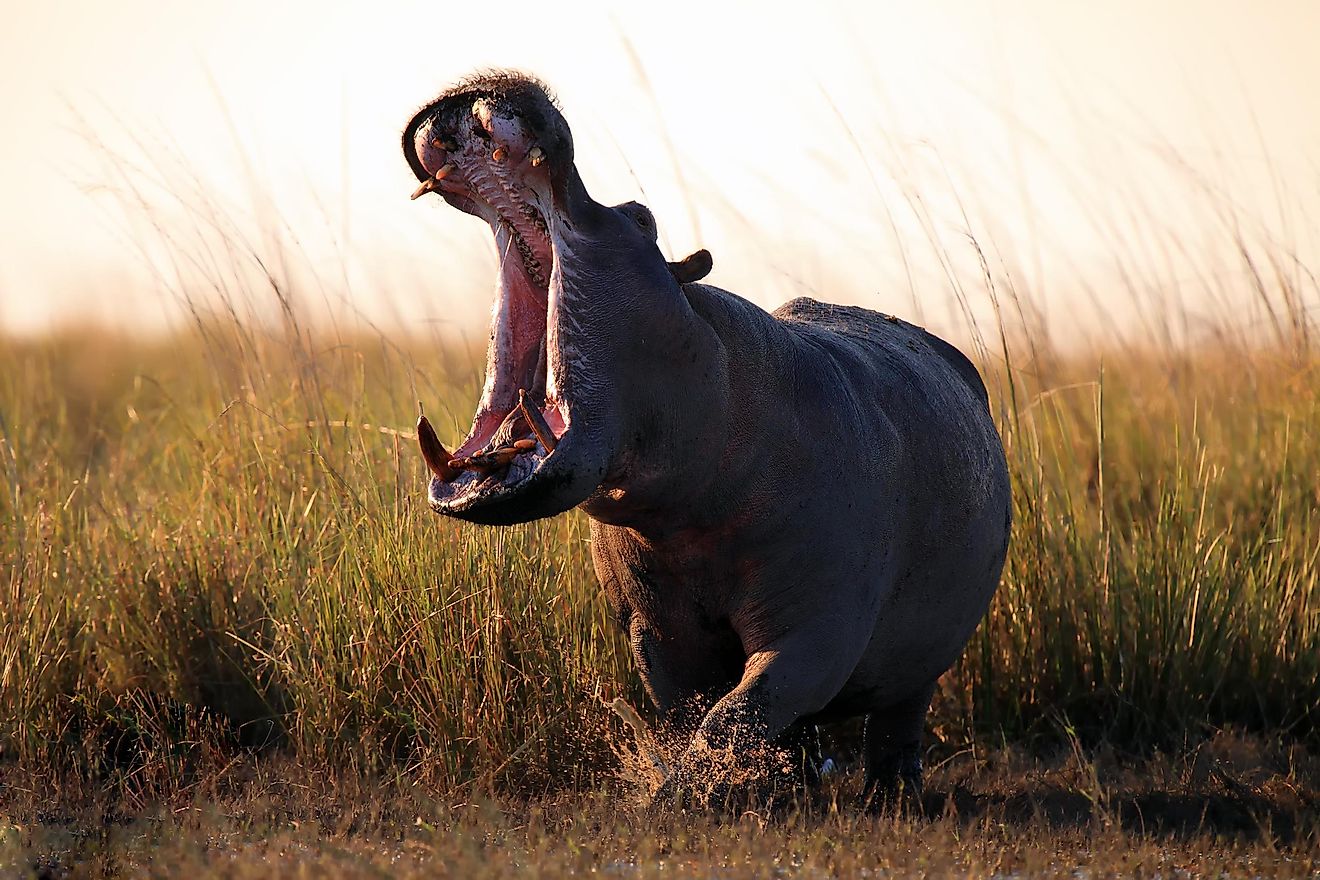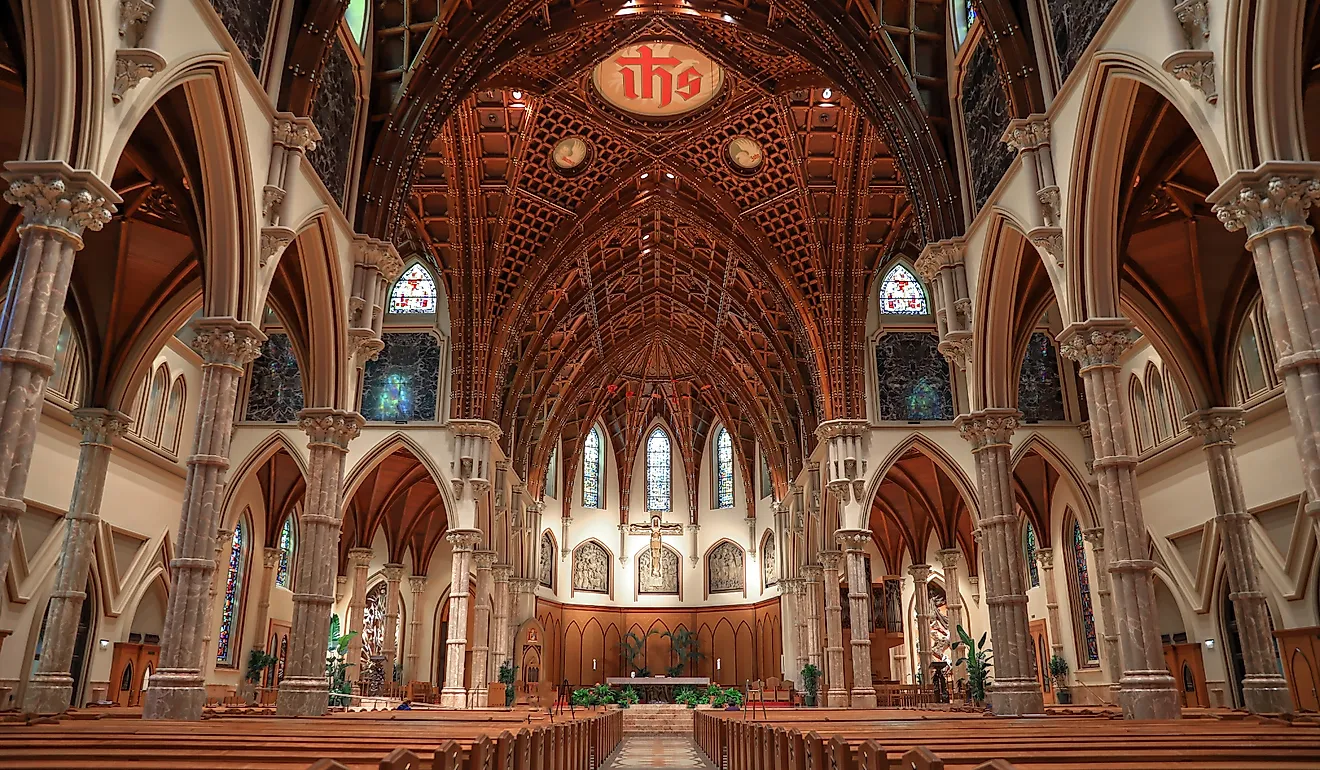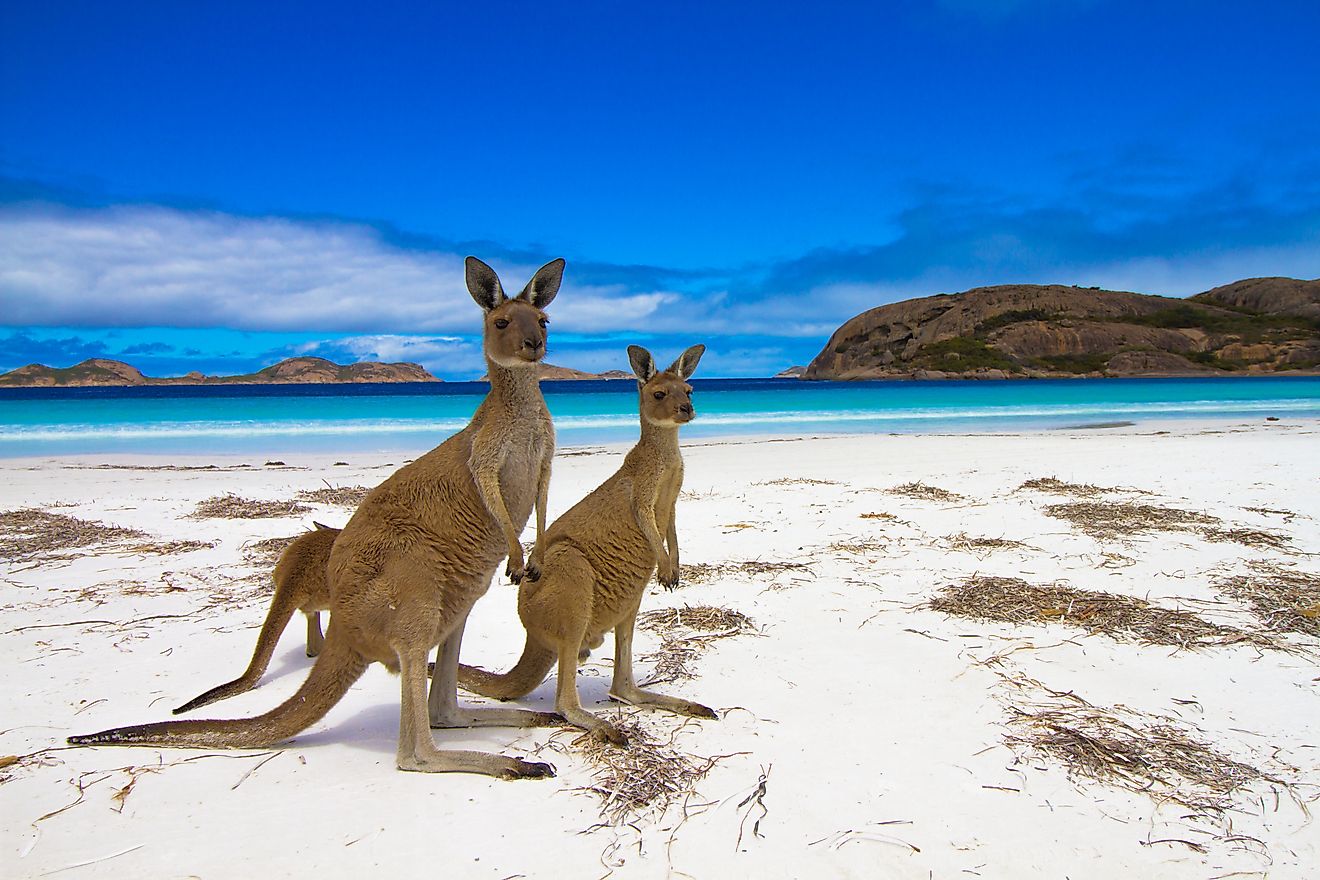Flags, Symbols & Currency of United Arab Emirates
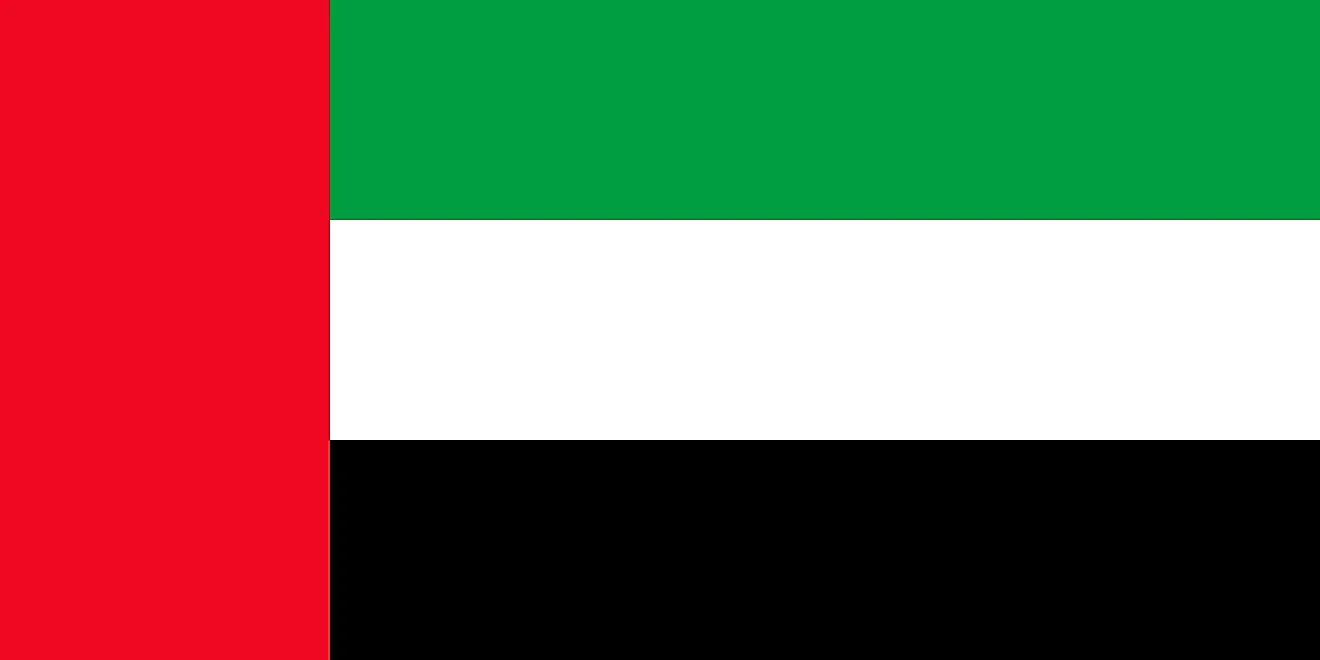
The flag of United Arab Emirates was officially adopted on December 2, 1971.
The flag features three equal horizontal bands of green, white and black, with a wider vertical red band on the hoist side. It features the same colour scheme as several other Arab countries including Kuwait, Palestine, Syria and Iraq. The Pan-Arab colours represent: fertility (green), neutrality (white), petroleum resources (black), and unity (red).
Before the UAE formed a federation, the individual Emirates all had flags that were mostly Red. As of 1975, all Emirates began using the officail federal flag above interchangeably as the flag of the Emirate.
Symbols of United Arab Emirates
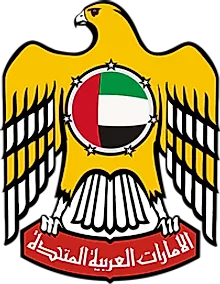
Coat of Arms
The emblem of the United Arab Emirates was adopted in 1973, and is composed of a golden falcon holding onto a red parchment depicting the name of the country in Kufic script. Centered on the falcon's chest is a disc representing the national flag. The seven stars around the disc represent the seven Emirates, united around the UAE flag.
National Anthem
- Anthem Title: Ishy Bilady (Long live my country)
- Composer: Mohammad Abdul Wahab
- Lyricist: Arif Al Sheikh Abdullah Al Hassan
- Year of Completion: Unspecified
- Date of Adoption: 1971 lyrics adopted in 1986
The national anthem of the UAE is called the Ishi Biladi which translates to “long live my nation” created by famous Egyptian composer Mohammad Abdul Wahab. The lyrics were written in 1986 by poet and scholar Arif Al Sheikh Abdullah Al Hassan after which it was officially adopted as the UAE national anthem.
عيشي بلادي (Ishy Bilady)
عيشي بلادي عاش اتحاد إماراتنا
عشت لشعب دينه الإسلام هديه القرآن
حصنتك بسم الله يا وطن
بلادي بلادي بلادي بلادي
حماك الله شرور الزمان
أقسمنا أن نبني نعمل
نعمل نخلص نعمل نخلص
مهما عشنا نخلص نخلص..
دام الأمان وعاش العلم يا إماراتنا
رمزالعروبة كلنا نفديكِ
بالدما نرويكِ
نفديك بالأرواح يا وطن.
Long Live my Country
Long live my country, the unity of our Emirates lives.
You have lived for a nation whose religion is Islam and guide is the Qur'an.
I made you stronger in God's name—oh, homeland!
My country, my country, my country, my country.
Allah has protected you from the evils of the time.
We have sworn to build and work –work sincerely, work sincerely!
As long as we live, we will be sincere.
The safety has lasted and the flag has lived—oh, our Emirates!
The symbol of Arabism:
We all sacrifice for you and give you our blood;
We sacrifice for you with our souls—oh, homeland!
The Currency of United Arab Emirates is the United Arab Emirates dirham
The official currency of the United Arabs Emirates is the United Arabs Emirates dirham, also known as the Emirati dirham. It is abbreviated “AED” and represented by the symbol "Dhs" or “DH.” The AED has been in use since 1973, when it replaced the traditional currencies including the Dubai and Qatar riyal. The United Arab Emirates dirham is subdivided into 100 fils, also a sub-unit for other currencies including Kuwait dinar, Iraqi dinar, and Yemeni riyal. The dirham is available in several denominations ranging from 5 to 1,000, with 1 dirham unit existing in coin form only. The dirham has been pegged to the US dollar since 1978 at the rate of 3.6725 AED to one dollar.
Coins and Banknotes
United Arab Emirates dirham coins were first issued in 1973 in denominations ranging from 1 to 50 fils and 1 dirham. The coins were struck in bronze and cupro-nickel. The coins bear numbers and values written in Eastern Arabic numerals and texts in Arabic. The 1, 5, and 10 fils coins are not commonly used because of their low values. Banknotes were also issued in 1973 by the UAE Currency Board in denominations ranging from 1 to 100 dirhams. In 1976, the 1000 dirham note was issued followed by a series of new notes in 1982. The 1982 series omitted the 1 and 1000 dirham notes. Text on one side of banknotes is written in Arabic, the numbers are written in Eastern Arabic numerals, while the texts on the reverse are written in English, with numbers in Arabic.
Competitiveness of the Dirham
The UAE dirham is ranked by the International Institute for Management Development (IMD) as one of the top 25 stable currencies in the world. It ranks above the currencies of major economies, such as Germany, Italy, France, and some strong Asian economies, such as Japan and Singapore. IMD also ranks the currency as the fifth most competitive currency in terms of purchasing power and the ability of several sectors of the economy to trade goods in other currencies other than the US dollar. The competitiveness of the AED is linked to the stability of the dollar and its dominance over other currencies.
Currency Regulation
In 2017, the Central Bank of United Arabs Emirates released a new set of regulations regarding the use of digital currencies. The regulations prohibited the use of all virtual currencies and virtual currency transactions in the country. The move aimed at boosting the use of the country’s official currency and sealing leaks in the financial sector. The Central Bank of UAE is responsible for the regulation of the financial sector and the circulation of the country’s currency. Despite the rate of inflation, investors still consider the UAE’s currency as one of the stable currencies of the world.


